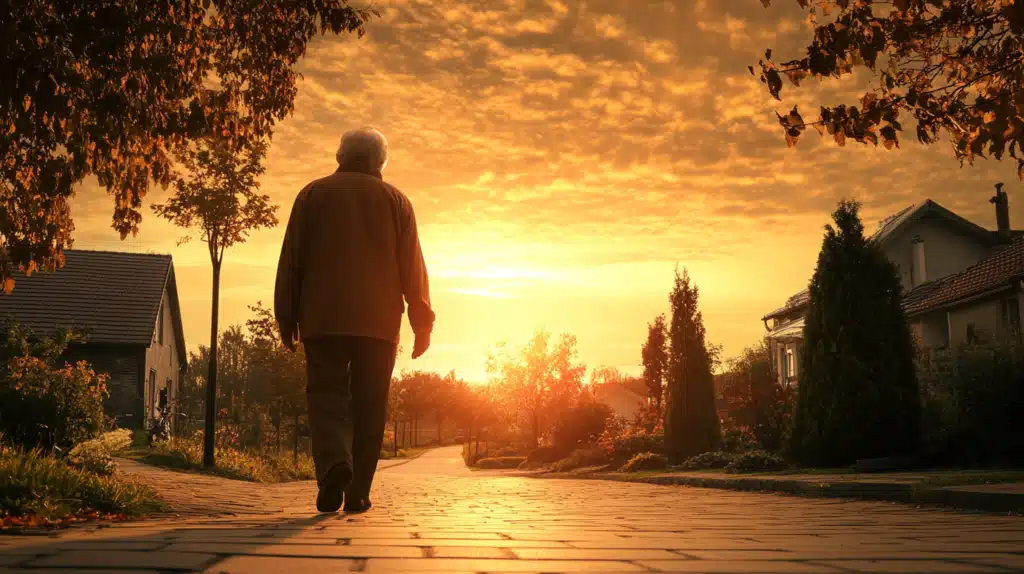Retirement is a significant life stage with opportunities to embrace a more relaxed lifestyle, but it also requires careful consideration of where and how you live.
While many seniors prefer to stay in their own homes, transitioning to a retirement living community may be the best decision for safety, health, and overall well-being. Here are 10 signs it might be time to explore retirement living options.
Difficulty Managing Daily Tasks
Consider a retirement community if household chores such as cooking, cleaning, or yard work are becoming overwhelming. Many facilities offer maintenance-free living, allowing you to focus on enjoying your retirement instead of managing a home.
Health Concerns and Chronic Conditions
Chronic illnesses, frequent falls, or other health concerns can make living alone challenging. Retirement communities often provide access to on-site healthcare professionals and emergency services, giving you peace of mind.
Social Isolation
Loneliness and isolation are common among seniors, especially after retirement. Retirement living communities foster community through social events, activities, and shared spaces, ensuring you stay connected and engaged.
Mobility Challenges
Navigating a multi-story home or dealing with a home that isn’t designed for mobility aids can pose significant risks. Retirement communities are typically designed with accessibility in mind, making them safer for those with mobility issues.
Concerns About Safety
If you find yourself worrying about break-ins, fire safety, or managing home security, retirement living could be a safer alternative. Many facilities have 24/7 security and are equipped to handle emergencies.
Memory or Cognitive Issues
Early signs of dementia or other cognitive challenges can make independent living unsafe. Retirement communities that offer memory care can provide the specialized support needed for these conditions.
Difficulty Managing Finances
If you’re finding it harder to stay on top of bills, home repairs, or budgeting, retirement living may offer financial simplicity. Many communities bundle housing, meals, utilities, and activities into one monthly fee.
Family Concerns
Sometimes, loved ones express concern about your well-being, especially if they live far away and can’t check on you regularly. Retirement living can ease their worries while ensuring you receive the care and support you need.
Desire for a More Active Lifestyle
If you’re looking to spend your retirement exploring hobbies, meeting new friends, or staying physically active, retirement communities often have robust activity calendars, fitness centers, and hobby groups.
Home Maintenance Becomes a Burden
From roof repairs to lawn mowing, maintaining a home can become a significant burden. Downsizing to a retirement community removes these responsibilities, freeing you to enjoy a stress-free lifestyle.
Making the Transition
Deciding to move to a retirement community is deeply personal, and it’s important to involve your loved ones in the conversation. Visit different facilities, consider the amenities and services offered, and ensure the community aligns with your lifestyle goals.
Transitioning to retirement living isn’t about giving up independence—it’s about creating a lifestyle that allows you to thrive, enjoy life, and focus on what truly matters. By recognizing the signs early, you can plan for a smooth and empowering transition to the next chapter of your life.
















